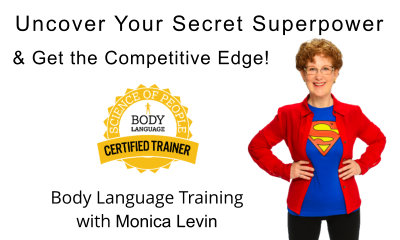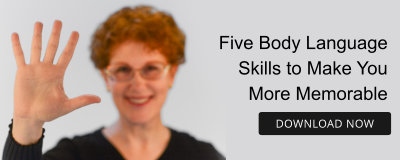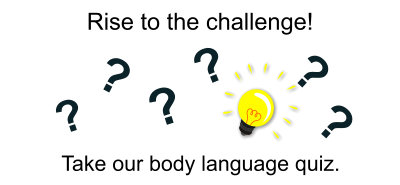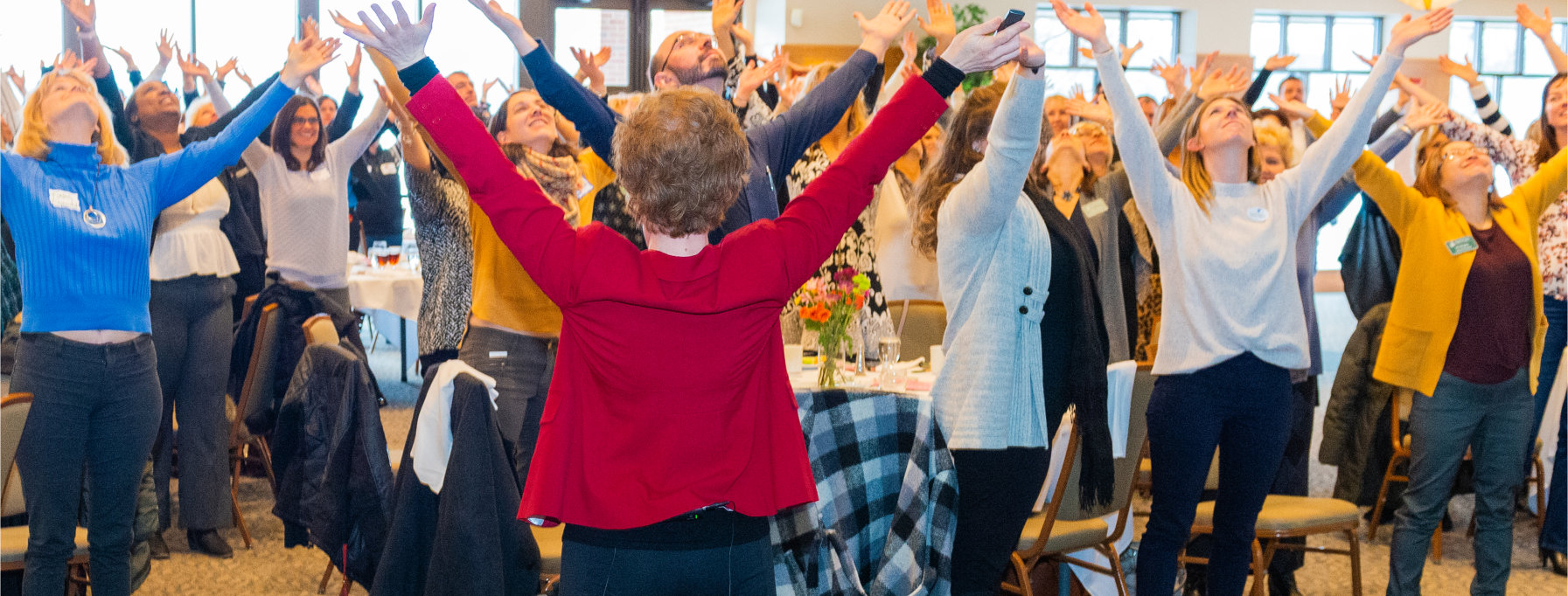How Can We Help?
Appropriate Gazing and Eye Contact
I send most of my body language and intuition tips via v-mail (short videos delivered to your inbox).
Appropriate Gazing and Eye Contact
When you were young, were you told by adults that when you meet someone new you should shake their hand and make good eye contact? Most of us have been given this advice but we weren’t told that there are different kinds of eye contact for different situations. There is a right way and a wrong way to make eye contact.
The good news is that by default we maintain eye contact 60 to 70% of the time (the ideal amount). If you make eye contact more than 70% of the time, then you’ll appear creepy, intrusive, and critical. If you make eye contact less than 60% of the time, then you’ll appear shifty-eyed, suspicious, and untrustworthy.
Now, let’s go back to appropriate gazing. Researchers tracked people’s eye patterns in different settings and determined that there are three types of gazing which they classified as power, social, and intimate.
Power Gazing
High-powered people in business keep their gaze between the person’s eyes and their forehead. This is called power gazing.
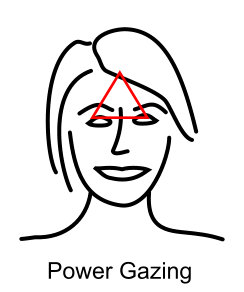
Social Gazing
In a social setting, the gaze shifts to between the person’s eyes and their mouth. This is called social gazing.
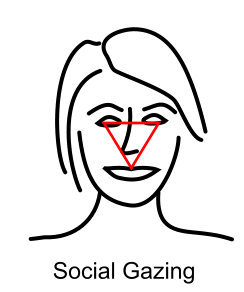
Intimate Gazing
In an intimate setting, the social gaze deepens to between the person’s eyes and their suprasternal notch. This gaze is called intimate gazing and is a subconscious mate assessment.
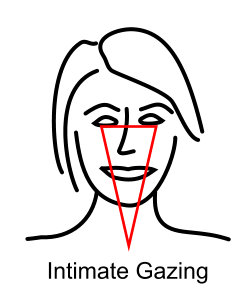
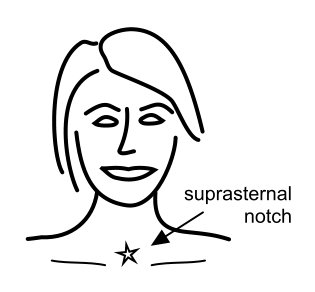
Eye Contact in a Business Setting
When I’m in a business setting, I don’t want to encourage people’s gaze to go down to my suprasternal notch so I avoid wearing big necklaces or dangling earrings. I keep my jewelry small and simple because I want people to keep their gaze high – power gazing – so that I am perceived as competent and confident.
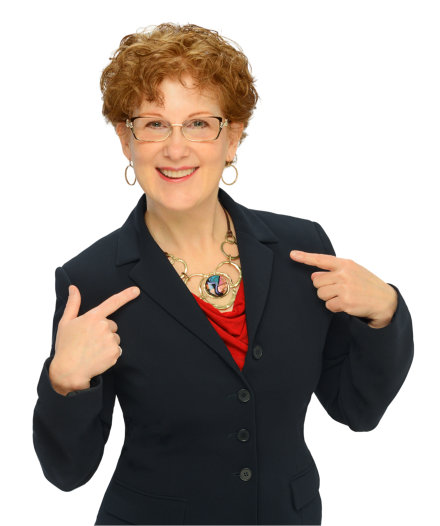
Now what?
Submit your body language questions.
Do you want a body language speaker, trainer, or coach? Contact Monica Levin.

